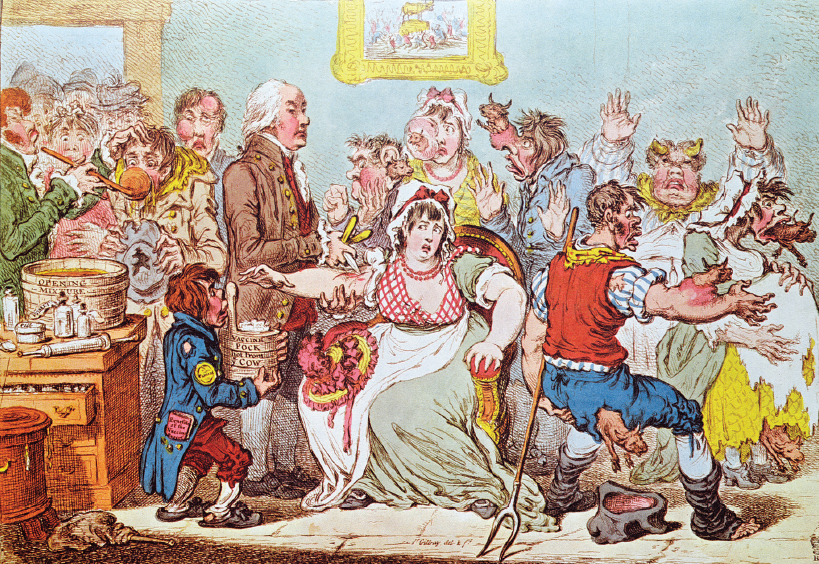How did the practice of medicine evolve in the eighteenth century?
AALTHOUGH SIGNIFICANT BREAKTHROUGHS IN MEDICAL SCIENCE would not come until the middle and late nineteenth century, the Enlightenment inspired a great deal of research and experimentation in the 1700s. Medical practitioners greatly increased in number, although their techniques did not differ much from those of previous generations. Care of the sick in this era was the domain of several competing groups: traditional healers, apothecaries (pharmacists), physicians, surgeons, and midwives. From the Middle Ages through the seventeenth century, both men and women were medical practitioners. Because women were generally denied admission to medical colleges, however, the range of medical activities open to them was restricted. In the eighteenth century, women’s traditional roles as midwives and healers eroded even further.
